The film revolves around a group of guerrillas who stayed in Cu Chi after the US raid on Cedar Falls (1967). The project is a war film made from socialized funds, aiming to celebrate the 50th anniversary of the country's reunification. A day after the premiere in Ho Chi Minh City, Bui Thac Chuyen said he was happy because his brainchild was born after more than 10 years of nurturing, but also had many regrets.
- How do you follow public reviews of your work?
- I am grateful to every audience member who sat through the 128 minutes, and I hope the film was not too heavy for them. After the premiere, I stayed up to read every share and comment on social media. With the compliments, we want to say that it is not because of the film crew's talent, but because of the land of Cu Chi, with its ordinary yet extraordinary people.
Actor Cao Minh (who plays Uncle Sau, the guerrilla leader in the film) told me that he was from Cu Chi, but over the years he no longer remembered much about this land. The film revived his memories of his homeland.
Bui Thac Chuyen (right) with lead actor Thai Hoa at the premiere in Ho Chi Minh City on March 31. Photo: Thanh Huyen
- What do you think about the comment that the movie lacks scenes that push emotions to climax?
- Many people told me after watching that there were scenes where they wanted to cry, but the emotions just rose and then stopped. That was my intention, to keep the audience sober to reflect, learn historical lessons about war, and from there form their own opinions. The tunnels were filmed in a documentary style, so I didn't want to push the atmosphere to the point of sadness, in other words, "cheesy".
If I make it in a "fiction" style, the audience might cry a lot, but when they leave the theater, they will forget it right away. I want to leave an "aftertaste", something that makes people think and feel troubled. My filmmaking style has always been like that, always exalting the audience, putting them on the same level as me. Even with actors, I ask them not to show all the pain on the outside, but the pain must be hidden inside, expressed through the eyes.
- The film has two "hot" scenes, including one scene of the lovers finding each other at the end. What was your intention in this scene?
- The two love scenes in the film are about human instinct. I think in situations close to death, they yearn to live their last moments. The film has segments that show repressed love stories during wartime, such as on the ground where the enemy drops bombs, or in the tunnels where two bodies are entwined. There are people who have said goodbye, but when they meet again, their emotions are even stronger. I hope the audience can feel what I am trying to convey.
Thai Hoa (playing Bay Theo) on the poster of "Tunnels". Photo: HK Film
- What do you regret when watching the movie again on the big screen?
- The first cut was about 3.5 hours long, but when it was released, I cut it to more than two hours because it was too long. There were some characters that I had to completely remove, like Mai The Hiep's role. He begged for the role of a corpse, spent two hours putting on makeup for his wounds, and acted out a scene floating on the river for two days. There were some scenes that made me feel pain when cutting, like the ending of the main character Bay Theo (played by Thai Hoa). While filming, I cried the whole time because Hoa acted so emotionally, and then had to change to another more appropriate scene.
The limited duration affects the structure of the film. This is also one of the things that worries me, because if not done properly, it will be difficult for the audience to feel. For example, we researched Cu Chi, so we understood that the tunnels consisted of three tunnels with separate functions such as meeting room, kitchen, bedroom. But on screen, the audience may have difficulty distinguishing which tunnel, even though I asked the artist to design each tunnel with its own material. Therefore, I had to find a way to lead, for example, the meeting room has a picture of President Ho Chi Minh .
- After 10 years of incubation, how did you filter the materials to put into the script?
- In the documents I have read, I remember the memoirs of a veteran in Cu Chi, the grandfather of actor Thai Hoa's wife. He wrote about his memories of lying in a hammock in a tunnel, listening to the girls in the tunnel talking. There were pieces of dialogue that haunted me, because they showed the psychology of a part of people during wartime. They saw death as a normal, calm thing, that could be weighed and measured and not too tragic. I put similar lines in the film so that the audience could imagine the harsh reality.
Or in the scene where the guerrillas welcome Uncle Sau to visit the tunnels, they say: "You have to come back here and stay here for a long time to know", to describe life underground. That is a line I was inspired by the saying of the armed forces hero To Van Duc - who contributed to the manufacture of landmines during the war in Cu Chi.
- What are your expectations for the work?
- Revenue is unpredictable, I hope the film reaches a wide audience. Last year, I went to Malaysia and learned that their highest-grossing film of all time is about the nation's war with British colonialism. Korea's most popular film is also a historical film, revolving around the struggle to protect the country. I wonder why this genre of film has not yet reached a wide audience in the country.
The film was heavily invested, but we have not yet estimated the exact amount. However, the crew still lacked funds and had to film hand-to-mouth. Even the investors admitted that they were taking a risk, but they still invested because they believed this was an attractive subject and could open up a new genre of blockbuster films.
Source: https://baoquangninh.vn/dao-dien-dia-dao-khong-lam-phim-chien-tranh-de-lay-nuoc-mat-3351543.html


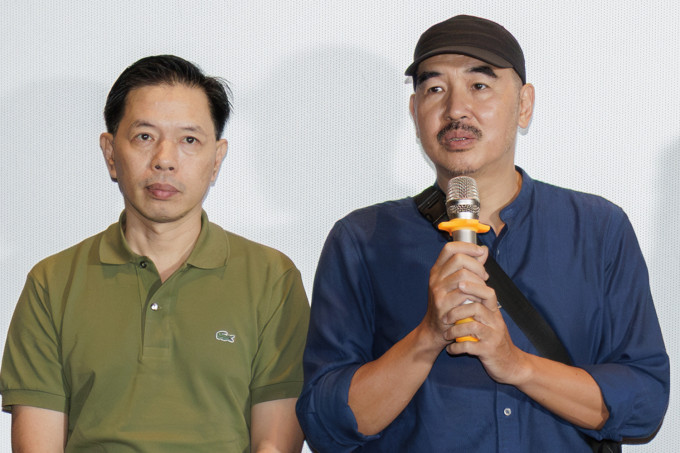

![[Photo] Readers line up to visit the photo exhibition and receive a special publication commemorating the 135th birthday of President Ho Chi Minh at Nhan Dan Newspaper](https://vphoto.vietnam.vn/thumb/1200x675/vietnam/resource/IMAGE/2025/5/17/85b3197fc6bd43e6a9ee4db15101005b)


![[Photo] Prime Minister Pham Minh Chinh chairs meeting on science and technology development](https://vphoto.vietnam.vn/thumb/1200x675/vietnam/resource/IMAGE/2025/5/17/ae80dd74c384439789b12013c738a045)

![[Photo] More than 17,000 candidates participate in the 2025 SPT Competency Assessment Test of Hanoi National University of Education](https://vphoto.vietnam.vn/thumb/1200x675/vietnam/resource/IMAGE/2025/5/17/e538d9a1636c407cbb211b314e6303fd)


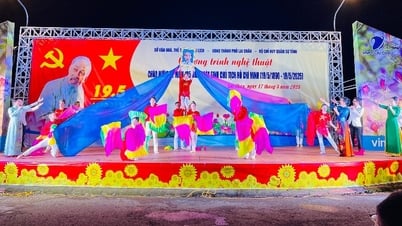

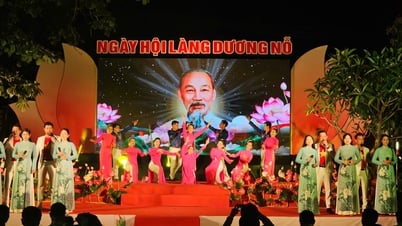

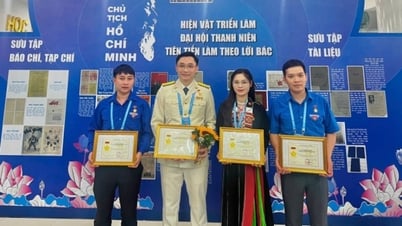

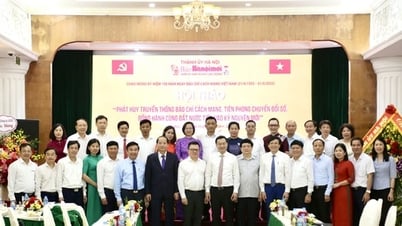






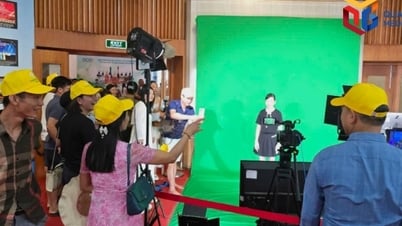
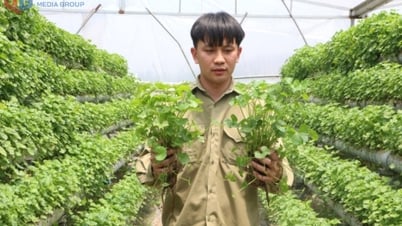


![[Photo] Nearly 3,000 students moved by stories about soldiers](https://vphoto.vietnam.vn/thumb/1200x675/vietnam/resource/IMAGE/2025/5/17/21da57c8241e42438b423eaa37215e0e)


























































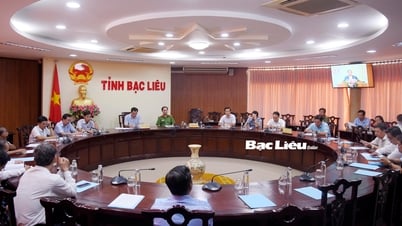

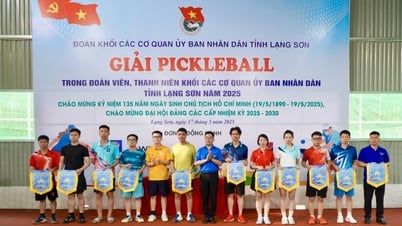











Comment (0)